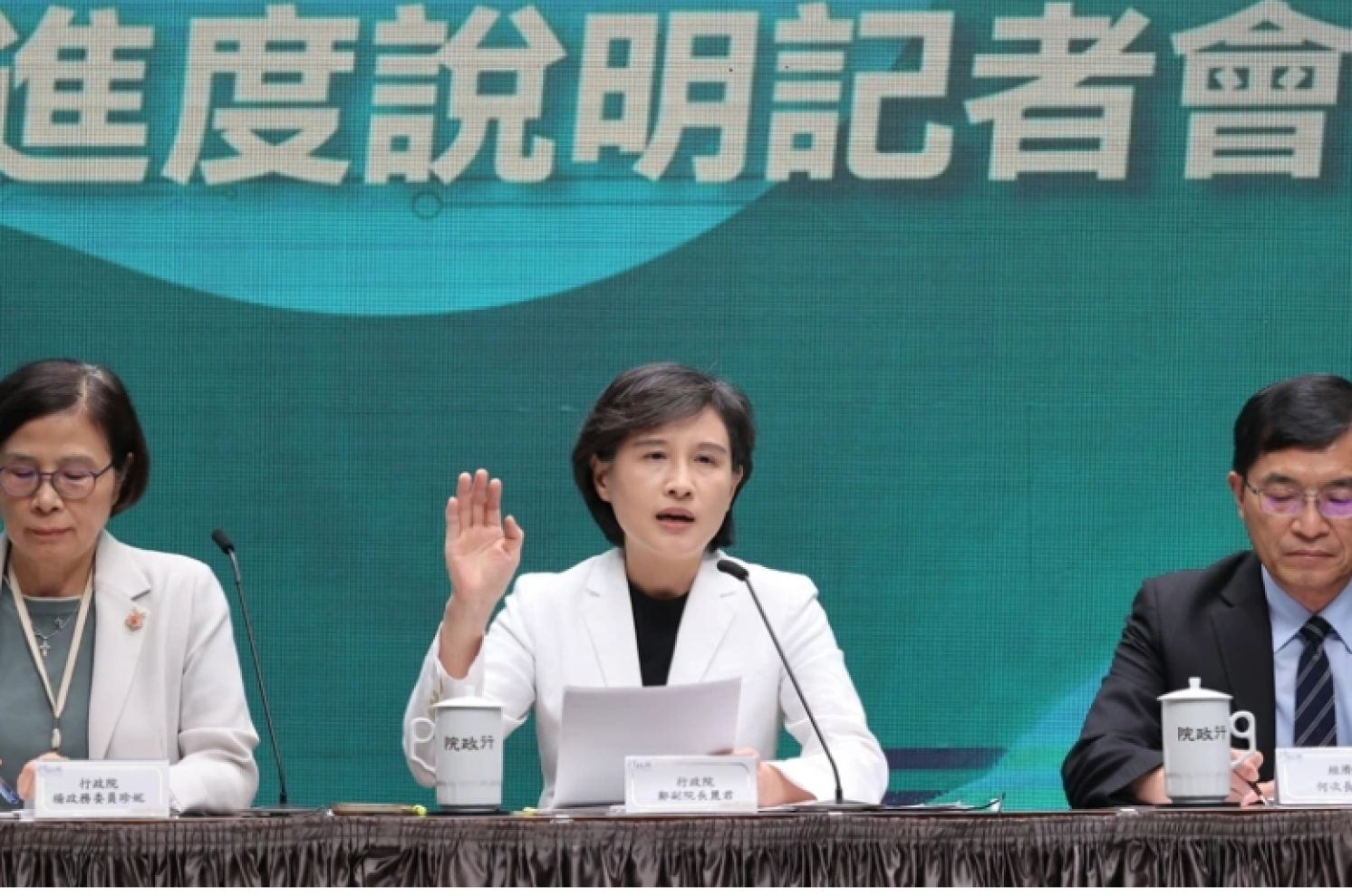
"Taiwan Model" to Face Challenges in the U.S.
United Daily News Commentary, October 3, 2025
Vice Premier Cheng Li-chun has put forward the idea of a “Taiwan model,” aiming to export Taiwan’s decades of experience in developing science parks to the United States, assisting Washington in building industrial clusters and creating “quasi-science parks.” It looks like sending a “Team Taiwan” to play an “American Cup.” But Taiwan’s science parks are the institutional product of four decades of accumulation. Can such a model really be transplanted and replicated abroad? Could it even serve as a bargaining chip in negotiating tariff concessions with the United States?
The sectors hit hardest by reciprocal tariffs are machine tools and machinery. If automation-related industries can be taken abroad alongside them, helping Taiwanese manufacturers replicate production bases around the world, it could serve as a solution—not necessarily a bad thing. At the same time, this could be an opportunity to assist the machinery industry in transformation. The ideal scenario would be to conduct research and development in Taiwan and replicate the production process overseas. Whether a “big leads the small” dynamic can emerge—allowing the science park to blossom in American soil—will absolutely depend on conditions being met.
The birth of Taiwan’s science parks, in fact, relied on several crucial factors. First was the international context. Around 1976, during the Cold War, the United States provided Taiwan’s semiconductor sector with enormous political and technological support. Without RCA’s technology transfer agreement with the Industrial Technology Research Institute (ITRI), there would have been no Taiwan Semiconductor Manufacturing Company (TSMC). This was a byproduct of geopolitics, not something that could be replicated through planning alone.
Second was centralized governance. The defining feature of Taiwan’s science parks is “park governance.” Land, infrastructure, utilities, visas, and taxation are almost entirely managed by a single body—the National Science Park Administration—resulting in very high efficiency. This stands in stark contrast to the American system of checks and balances between federal and state governments, with lengthy approval procedures.
Third, the parks possess a highly concentrated supply chain. Hsinchu Science Park is not an island; it is tightly networked with component, packaging, and materials suppliers outside the park. This “one-stop” ecosystem depends on Taiwan’s small but dense geography. In contrast, the United States has vast territory and a dispersed supply chain, making full replication far more difficult.
To build a successful case in the United States, Taiwan must first take stock of its own conditions. First, infrastructure contradictions: The advantage of Taiwan’s parks lies in strong government intervention and rapid provision of utilities and land. But U.S. land is vast, utilities are expensive, and environmental regulations are strict. What businesses want is “lower costs,” not “added costs.” No matter how strong Taiwan’s government pledges, it will be hard to offset America’s inherently high expenses.
The U.S. regulatory system is complex, and utilities cannot be delivered in a “one-stop” manner as in Taiwan. If Taiwanese firms force their way in, then they may face high costs and drawn-out procedures. Government promises to “lower risks” may not be fulfilled.
Second, the American mindset: Washington’s expectation is “you invest, I control,” not “Taiwan leads, I follow.” How the two sides can reconcile when Taiwan puts forward its “Taiwan Model” remains to be seen.
The United States has no equivalent of Taiwan’s National Science Park Administration, no centralized governance. Who handles infrastructure—state or federal? Who provides tax incentives? Once responsibilities blur, efficiency inevitably suffers. Moreover, America’s political winds shift rapidly; policies may reverse. Will Taiwanese firms really enjoy stable commitments once inside? The risk cannot be ignored.
Third, talent shortages: Taiwan’s own science parks already face tight labor conditions. Talking about exporting both experience and talent may prove unrealistic. The result could be “filling America’s needs while hollowing out Taiwan.”
Chairman Tung Tzu-hsien of Pegatron has highlighted the key: only when a park can deliver high productivity, comprehensive living functions, and tax exemptions will it have competitiveness. Ultimately, this must be evaluated from Taiwan’s perspective—whether it benefits or harms Taiwan’s industry and economy.
A science park is not a “plug-and-play module.” It is the product of long-term accumulation: institutions, supply chains, and geopolitical dynamics intertwined. If the government believes that merely invoking the term “Taiwan model” will win applause on the international stage, that is an oversimplification. The real challenge is how to create industrial clusters akin to Taiwan’s amid transnational politics, different legal systems, and high-cost environments.
Helping the United States build a “quasi-science park” is not impossible for Taiwan, but it will be a long trial—one that cannot ignore the vast institutional differences behind it, nor the risks that Taiwan itself will ultimately have to bear.
From: https://vip.udn.com/vip/story/122365/9046745?from=vipudn_chiefeditor_index